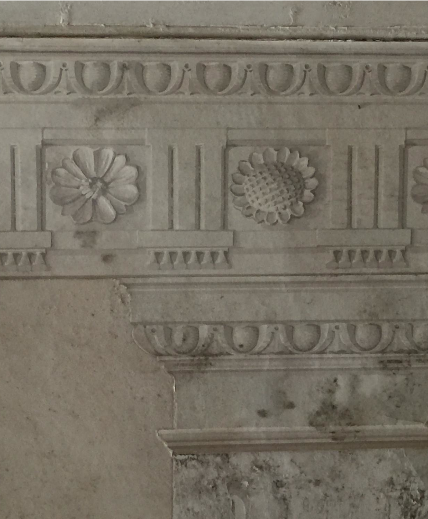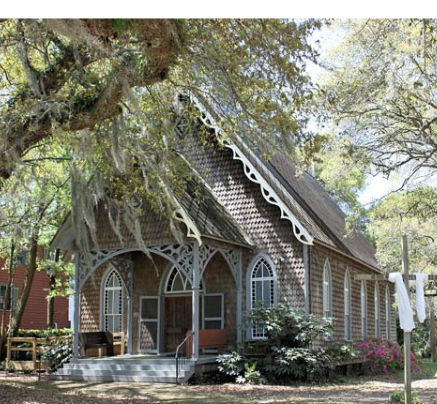"Nowhere else in the world has nature been kinder to her children than in the region where the great plantations were formed out of the wilderness of the Lowcountry."
- Archibald Rutledge, 1883-1973, S.C. Poet Laureate and the last private owner of Hampton Plantation
Shortly after Charles Towne's first permanent European settlers arrived, Louis XIV of France revoked the Edict of Nantes, which granted religious freedom to French Calvinists. Hundreds of these protestants, known as Huguenots, fled to Charles Towne where they settled the area north of the colony between the Santee and Cooper rivers.
Though their initial efforts to cultivate silk, grapes and olive oil failed, the Huguenots were a hard-working people, committed to succeeding in their new home. Cheap land and fertile soil provided the foundation to develop what would become the wealthiest colony in the New World, supplying most of the world's demand for indigo and rice.
Under the Church Act of 1706, the French-speaking parish of St. Denis was established within the Anglican parish of St. Thomas. The Huguenots quickly integrated and intermarried with their Anglo-American countrymen and within a generation had esentially assimilated into the English culture. A dynasty had begun.
Design your perfect Day in the French Santee tour by combining tours of any of the sites shown below with brief descriptions.
The Georgian mansion and grounds of Hampton Plantation embody not only stories of the rice culture and the slavery system that supported it, but also served as the inspiration of South Carolina's late poet laureate Archibald Rutledge. (Optional mansion tour, $7.50 for adults; $3.50 age 6 - 15.)


The sleepy fishing village of McClellanville lies in the heart of the French Santee region. McClellanville has at least three claims to fame: its scenic beauty, great seafood, and having borne the devastating worst of Hurricane Hugo in 1989.

Today members of the St. James Santee Parish worship in this picturesque wooden chapel of ease in McClellanville.


THE FRENCH SANTEE:
CRADLE OF CHARLESTON'S GREAT PLANTATION SOCIETY



Costs
$375 for up to four guests. $50 per additional guest.
Optional costs can include:
* A scenic Lowcountry picnic - $15 per person
* House tour, Hampton Plantation - $10 per person
* Center for Birds of Prey - $18 per person
These costs include pick-up and return, all transportation, beverages and snacks.
